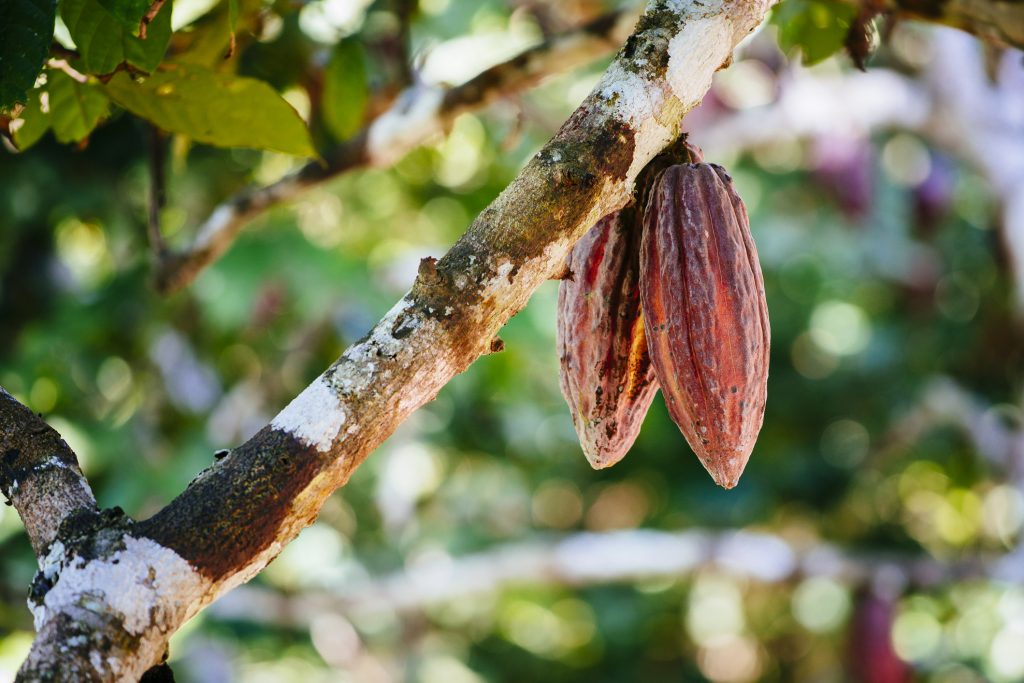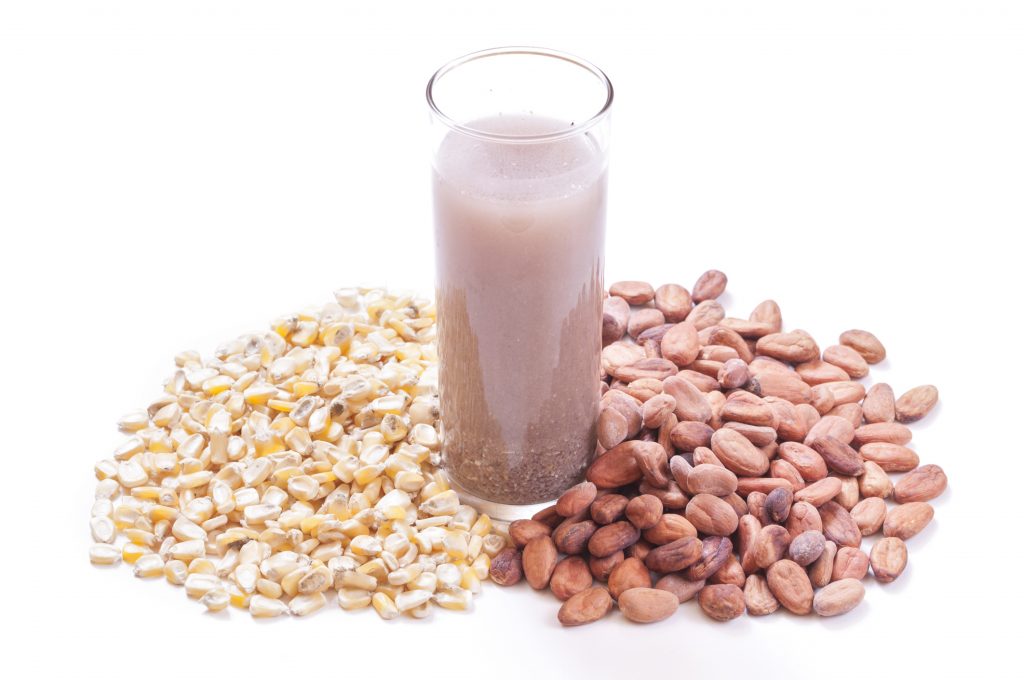Riviera Maya is best enjoyed through its food and drink. Discover the drink that has fascinated locals and foreigners alike since ancient times, based on a fusion of cocoa and corn: pozol.
Since pre-Columbian times, this drink has been prepared as part of the Mayan population’s day-to-day routine. It was originally called “pochotl”, later became known as “pozol”·following the arrival of the Europeans.

This cocoa-and-corn-based drink is highly nutritious and goes a long way to quashing sensations of hunger. It is also very refreshing, which is why it was hugely popular amongst travellers who had to walk long distances to arrive at their destination. As you drink it, you should also eat the so-called “shish” (meaning “residue” in Mayan) of cocoa and corn, meaning this preparation could also be classified as a food.
This preparation of the Chontal Maya people of Tabasco required the cultural virtues and wisdom of women, who made the pozol. There are many different types of pozol, such as: pozol with cocoa, pozol without cocoa, coconut pozol, sweet potato pozol and sour pozol. It can also be enjoyed with or without sugar, with milk or horchata and, in some cases, chilli. It all depends on the place at which it is made, with different variants made everywhere from Tabasco and Oaxaca to Chiapas and Quintana Roo.
To make cocoa pozol, the corn is “nixtamalised” by boiling it in water with calcium hydroxide (lime) for approximately two hours. Depending on the location in which it is made, the cocoa beans are sometimes rubbed in the hands of the person preparing it and wrapped in banana leaves. This is then ground, and cocoa is added, before being mixed and shaped into a single dough. It is finally whisked in water and can be enjoyed at room temperature or cold. To make pozol without cocoa, follow the same steps as above without adding cocoa. In this case, the dough will assume a white colour.

Sweet potato pozol is very similar to white pozol, although a sweet potato purée is mixed into the corn dough. For sour pozol, the dough is left to ferment for 4 or 5 days (in some cases, two weeks or more) until it becomes “mouldy”. This preparation is very rich in penicillin and is also a great hangover remedy. Once the dough has fermented, it is whisked in water and consumed. Another variant of pozol is known as “chorote”, which is commonly found in Tabasco. It is made by fermenting a mixture of nixtamal dough and ground cocoa.
Tradition dictates that it should be served in bowls known as “jícaras” or in coconut shells. However, if you choose to drink it from a decent glass with some ice cubes, this will be more than enough to quench your thirst, allowing you to taste it in every sense of the word. It is often served alongside exquisite local delicacies such as panuchos or papaya in syrup.
Where can I try it? In southern Mexico, you’re sure to come across various street stalls selling pozol. Alternatively, you could buy it in a juice bar or “pozolería” (not to be confused with bars or restaurants selling “pozole”). This fantastic drink, which can be enjoyed at any place and at any time, represents a great way to further explore Mexican traditions via its many flavours.






